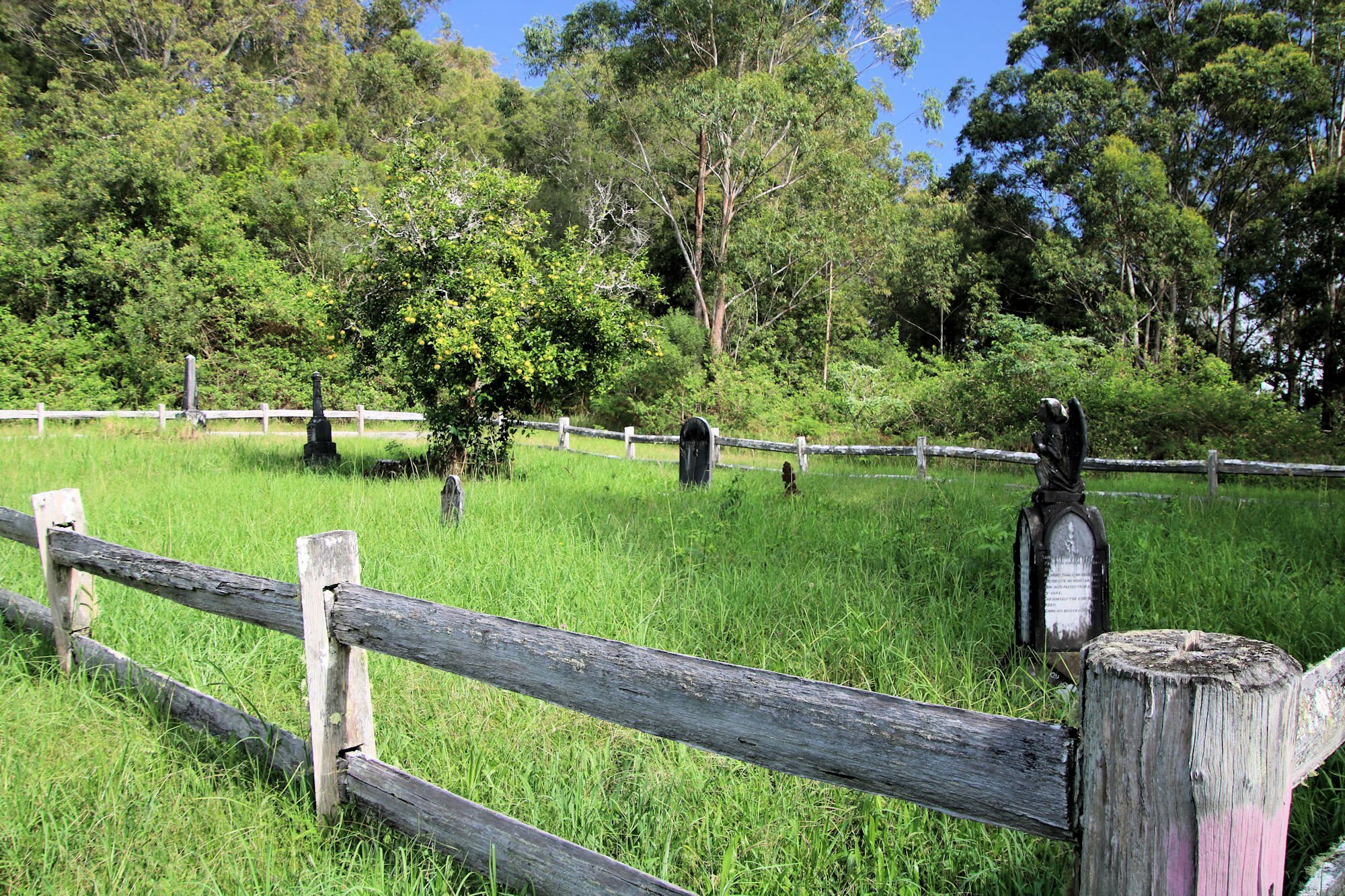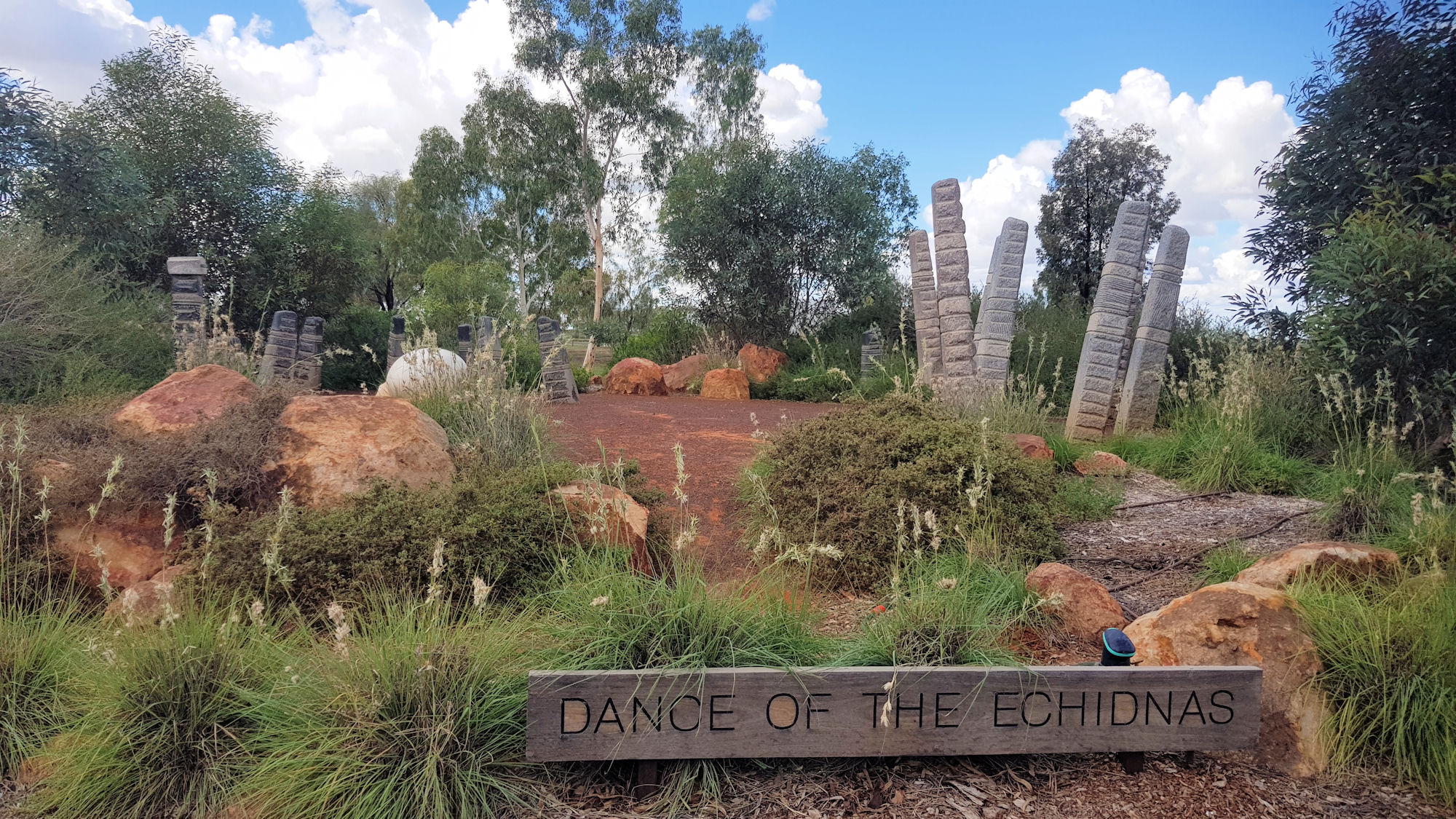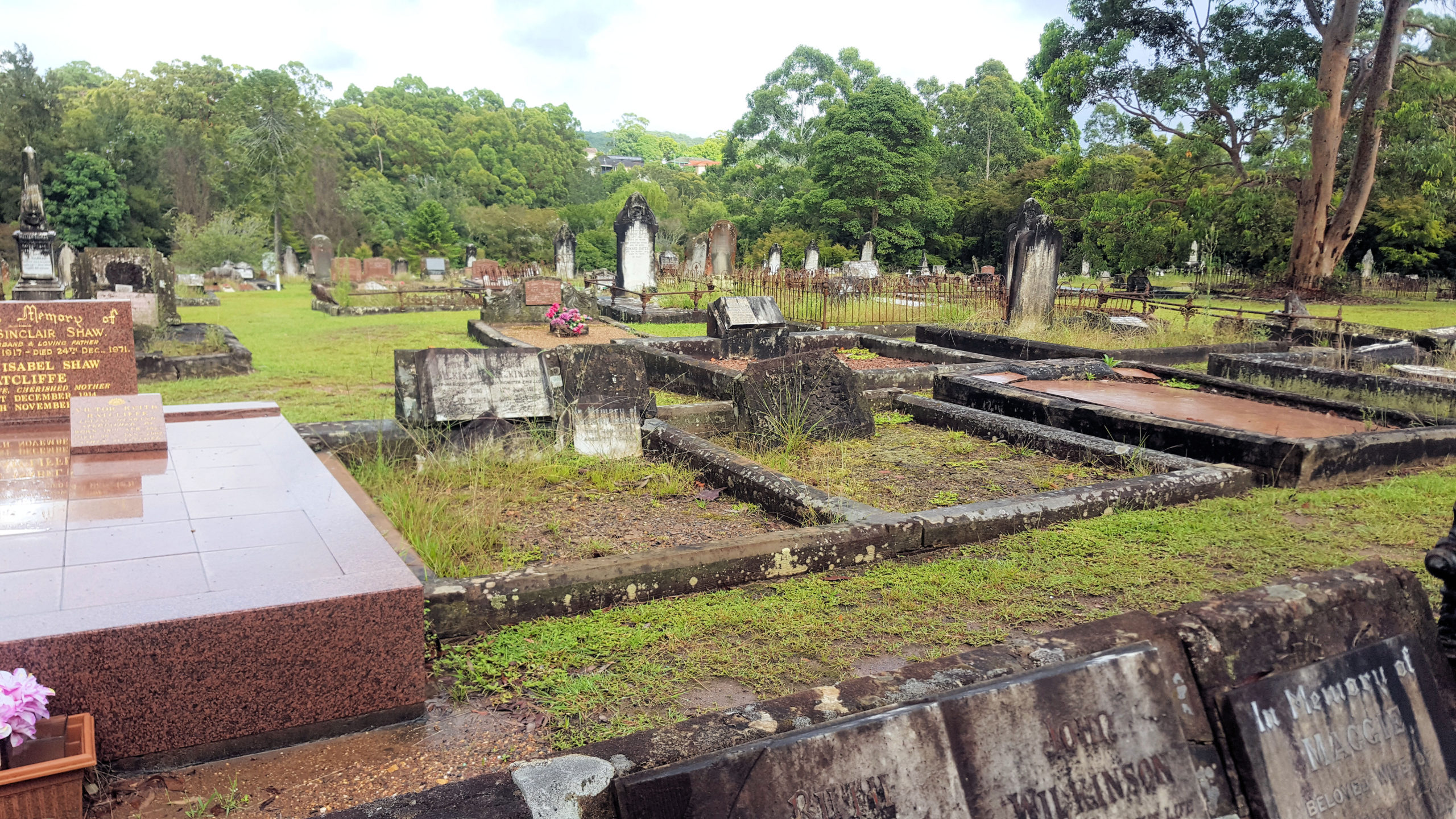Tag: cemetery
-
Neranie Cemetery Walk Myall Lakes

Neranie Cemetery Walk Myall Lakes This interesting little walk is not far from Seal Rocks on the New South Wales Mid-North Coast. Around an hour and 45 minutes north of Newcastle, the Neranie Cemetery Walk is a good spot to stop for a break. The sign for the start of the walk is old and… Read more
-
Bourke Gateway to the Australian Outback

Bourke Located in the Orana Region of western New South Wales, Bourke is the edge of the Outback. To many Australian, the saying Back O’ Bourke means in the middle of nowhere. Visitor Centre Our first stop was the Back O’ Bourke Tourist Information Centre, so that we could find out if there was anything… Read more
-
Minmi Cemetery in Western Newcastle

Minmi Cemetery Situated in the western suburbs of Newcastle, the Minmi cemetery, records the early history of coal mining in the district. Time and weather have faded many headstone to the point where they can no longer be read. This adds to the atmosphere of the area however, as it gives you a feeling for… Read more